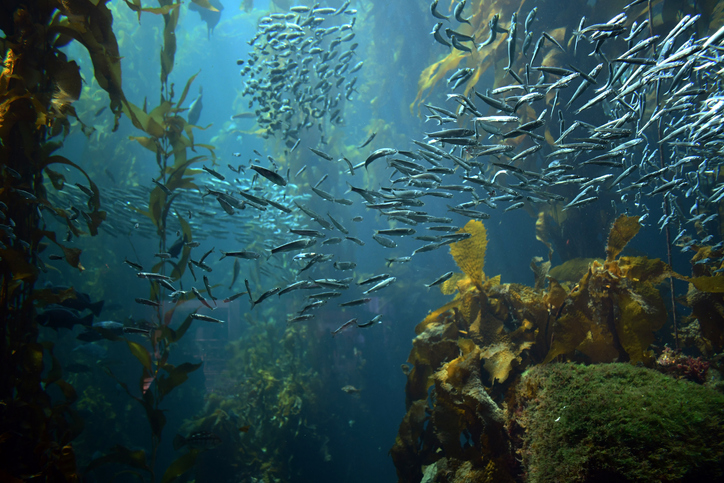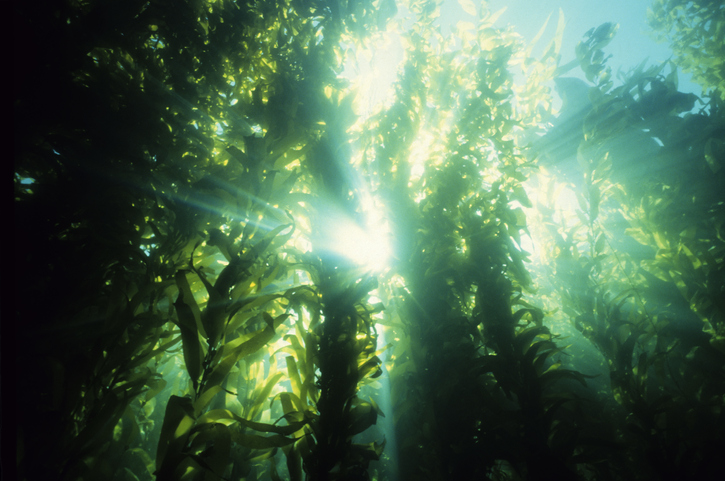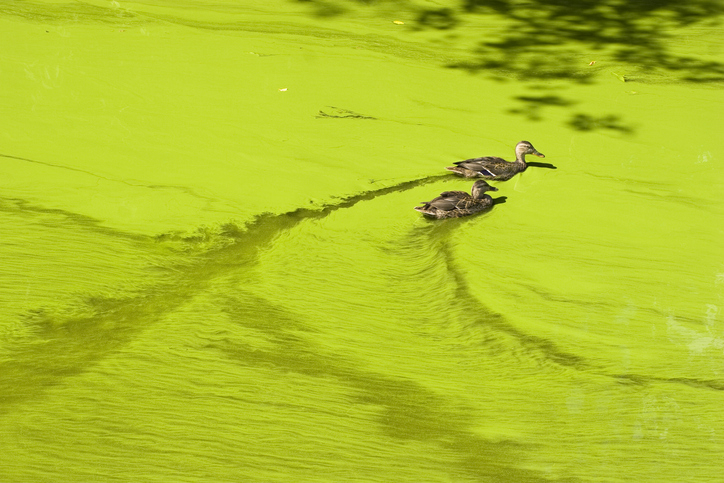Algae. It’s something everyone has heard of, but do you know what it is?
Lots of people would guess that it’s a plant, while others might take a punt and say that it’s an animal. They’d all be wrong.
So, what is algae? How does it grow? And is it good or bad for our seas, oceans and beloved marine life?
Let’s take a look as part of our need-to-read guide on everything there is to know about algae.
This guide will cover:
- What is algae?
- Do algae produce oxygen?
- What does algae look like and how big is it?
- Are algae good for fish?
- Where do you find algae?
- What are algal blooms and why are they hazardous?
What is algae?
First up, let’s clear up what algae is once and for all.
Algae is the name given to a range of aquatic organisms that can photosynthesise. In simple terms, that means they harvest sunlight and carbon dioxide to survive and grow – just like plants.
So, they are a plant? Nope, they actually belong to a group of organisms called “protists” – single-celled organisms that exist in water, on land and on the surface of plants, animals and funghi. Algae, therefore, is an umbrella term for the 27,000 different types of aquatic protists that live in fresh and saltwater across the globe.

Do algae produce oxygen?
Absolutely. Since oxygen is a byproduct of photosynthesis, algae produce tons of the stuff, which is great news for us along with our ocean-dwelling counterparts.
In fact, without algae, there’d scarcely be any life on Earth at all. That’s because these aquatic protists contribute 70% of the oxygen found in our atmosphere, more than any other organism on the planet.
What does algae look like and how big is it?
That’s a good question but one that’s almost impossible to answer definitively since there are thousands of different types of algae in our seas, oceans, rivers and lakes.
Algae range massively in size and appearance, from impossible-to-see picoplankton that is 0.2 micrometres across (trust us, that’s small) to giant kelp that can grow over 60 metres long. They can be single-celled or multi-celled, can live alone or in vast colonies, or can take on the appearance of plants – just like some of the most visible forms of algae including seaweed and kelp.
One thing that most algae do share, however, is a green appearance. That’s thanks to another byproduct of photosynthesis called chlorophyll (something you may be familiar with from GCSE biology). Chlorophyll is found in all green plants and cyanobacteria (algae) and is essential in allowing these organisms to absorb sunlight.

Are algae good for fish?
Generally, yes, algae are essential for creating the ideal habitat to sustain marine life. Many species of fish and other marine animals eat algae, while they also help to oxygenate the fresh and saltwater in which fish live.
There is, however, a tipping point when algae can become a problem for fish, particularly where algal blooms are concerned. We’ll cover algal blooms in more detail later in the guide, but suffice it to say, these over-sporing protist colonies can put a real stranglehold on aquatic animals – cutting off the supply of nutrients to the point where the water becomes too contaminated for marine animals to survive.
Where do you find algae?
Algae are present in almost every water body on Earth, whether it be freshwater rivers and lakes or oceans, seas, lagoons and mangroves. Even manmade reservoirs and pools can host algae if the right nutrient requirements are met; these organisms need only carbon dioxide and sunlight to grow, along with the right balance of nitrogen and phosphorus.
One of the most incredible things about algae – and something that continues to impress biologists even today – is the seemingly innumerable range of habitats and conditions in which these organisms can thrive. Algae have been found everywhere from the saline-rich waters of the Dead Sea to the freezing depths of the Southern Ocean hundreds of metres beneath thick ice sheets – such is their adaptability and the ease at which they can proliferate and grow.

What are algal blooms and why are they hazardous?
Back to the topic of algal blooms, then; this is effectively when algae grow out of control, disrupting the delicate nutrient balance of marine habitats and contaminating the surrounding water. Some species of algal blooms also release toxins which can be incredibly harmful, capable of killing marine animals and seabirds and causing serious health complaints for humans.
Speaking of which – the reality is that most algal blooms are caused by human activity. But how?
Blooms happen when algae grow too quickly. This is triggered by a high concentration of phosphorus and nitrogen in the water.
Phosphorus and nitrogen, along with dozens of contaminants, are released from wastewater, sewage treatment, agriculture runoff and chemical irrigation. When these substances reach waterways, they can create the perfect conditions for algal blooms to grow, which is why they’re a relatively common occurrence around coasts, lakes and rivers across the country.
We hope this crash course in algae has filled you in on the bare necessities of these super interesting organisms. Remember, there’s a whole lot to learn about the wonders of the deep at Tynemouth Aquarium, so tap here to buy your tickets today.
